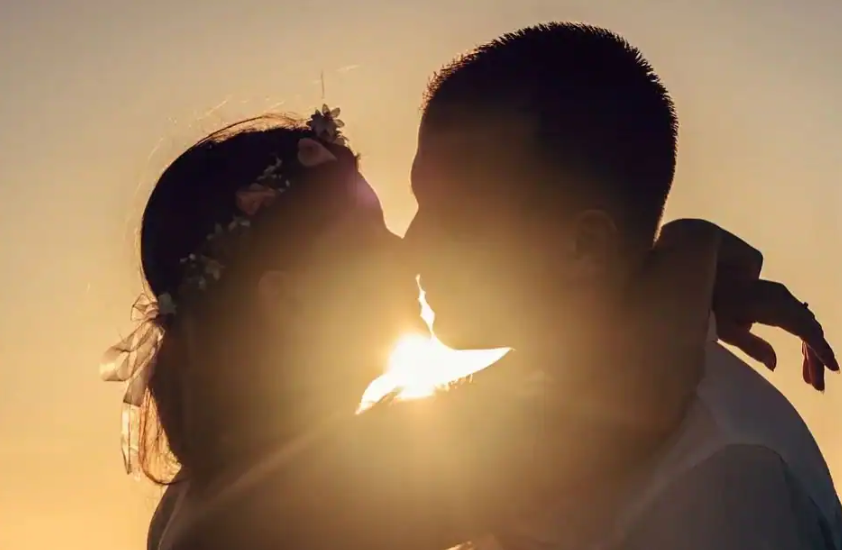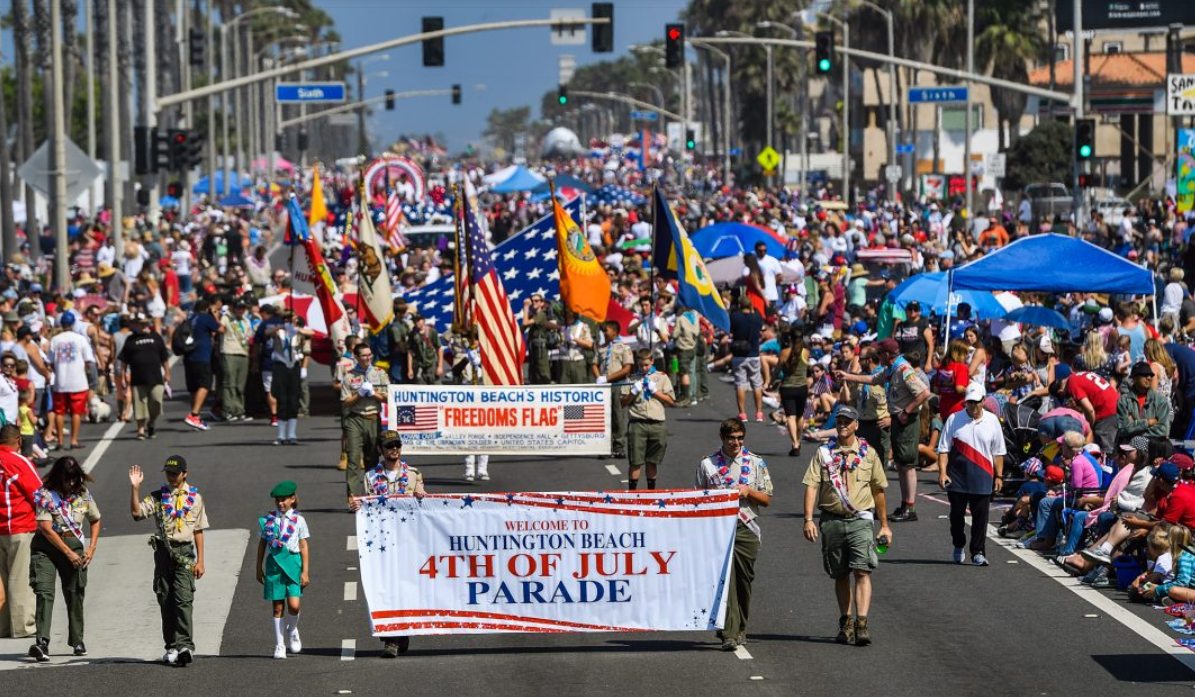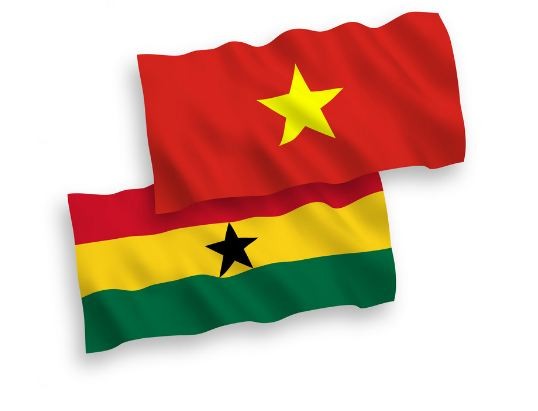Fourth of July: History, Traditions, Celebration and Interesting Facts
Fourth of July: History
Although most of us already had this history lesson in school, we probably weren’t really paying attention as the clock ticked closer to recess or the end of the day. But we can’t fully appreciate our freedoms if we don’t know how we got them — and, more importantly, how close we came to losing them. The story of America’s independence is truly fascinating with more historical twists and turns than we can possibly get into here. But at least we can get you started with the basics.
In the 1700s, America wasn’t really a nation of ‘united states.’ Instead, there were 13 colonies with distinct personalities. From 1763 to 1773, Britain’s King George III increasingly placed pressure on the colonies as he and the British Parliament enacted a succession of draconian taxes and laws on them. Excessive taxes on British luxury goods like tea and sugar were designed to benefit the British crown without any regard for the hardships of the colonists. By 1764, the phrase “Taxation without representation is tyranny” spread throughout the colonies as the rallying cry of outrage.
The more the colonists rebelled, the more King George doubled down with force. Imagine if enemy soldiers not only had the right to enter your home but the soldiers could demand that you feed and house them. The Quartering Act of 1765 allowed British soldiers to do just that, Nationaltoday reported.
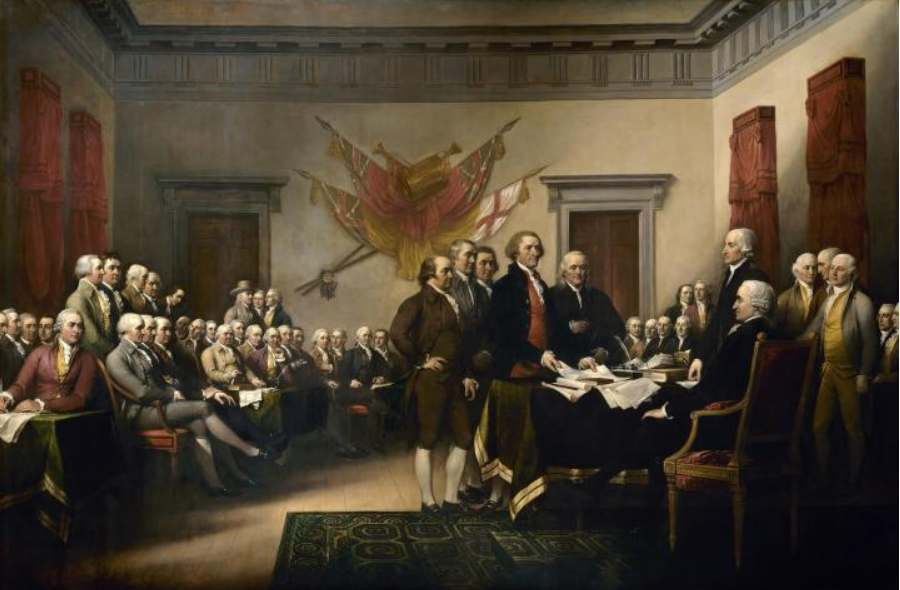 |
| Image: John Trumball’s 1819 painting “Declaration of Independence.” This iconic scene with all the delegates present never actually occurred in Philadelphia. |
But the Stamp Act of 1765 became the straw that broke the colonists’ backs. Passed by Parliament in March, this act taxed any piece of printed paper, including newspapers, legal documents, ships’ papers — and even playing cards! As the colonial grumbling got louder and bolder, in the fall of 1768, British ships arrived in Boston Harbor as a show of force. Remember, the British Navy dominated the seas all over the world due to the far-reaching presence of the British Empire.
Tensions boiled over on March 5, 1770, in Boston Harbor during a street fight between a group of colonists and British soldiers. The soldiers fired shots that killed 47-year-old Crispus Attucks, the first American and Black man to die along with three other colonists in the Boston Massacre.
In 1773, the Boston Tea Party (from which today’s Tea Party Republicans get their name) erupted when colonists disguised as Mohican Indians raided a British ship, dumping all the tea overboard to avoid paying the taxes. Continued pressure led to resistance and the start of the Revolutionary War in the towns of Lexington and Concord when a militia of patriots battled British soldiers on April 19, 1775. Conditions were ripe for American independence.
When the first battles in the Revolutionary War broke out in April 1775, only a handful of colonists wished for total independence from Great Britain, and those who did were considered extremists.
However, halfway through the following year, many more colonists had come to lean more toward independence, as a result of growing hostility towards Britain and the spread of revolutionary views like those conveyed in the bestselling pamphlet published in early 1776 by Thomas Paine — “Common Sense.”
On June 7, 1776, the Continental Congress met at the Pennsylvania State House (later Independence Hall) in Philadelphia and Richard Henry Lee, the Virginia delegate, introduced a motion calling for the independence of the colonies. Amid heated debate, Congress rescheduled the vote on Lee’s resolution but appointed a five-man committee — including Thomas Jefferson of Virginia, John Adams of Massachusetts, Roger Sherman of Connecticut, Benjamin Franklin of Pennsylvania, and Robert R. Livingston of New York — to draft a formal statement justifying the defect from Great Britain.
On July 2, 1776, in a virtually unanimous vote, the Continental Congress voted in favor of Lee’s resolution for independence, and on July 4th, it formally adopted the Declaration of Independence, which had been written largely by Jefferson. Ultimately, the drafting of the Declaration of Independence was a contentious process. After much debate over what to include and what to leave out, Thomas Jefferson, tasked with pulling the document together, envisioned a nation where “Life, Liberty and the pursuit of happiness” crystallized the very meaning of being an American. The document proclaimed the 13 American colonies’ liberation from Britain and reaffirmed their rights as free men — declaring that they were no longer subject (and subordinate) to the monarch of Britain, King George III, and were now united, free, and independent states.
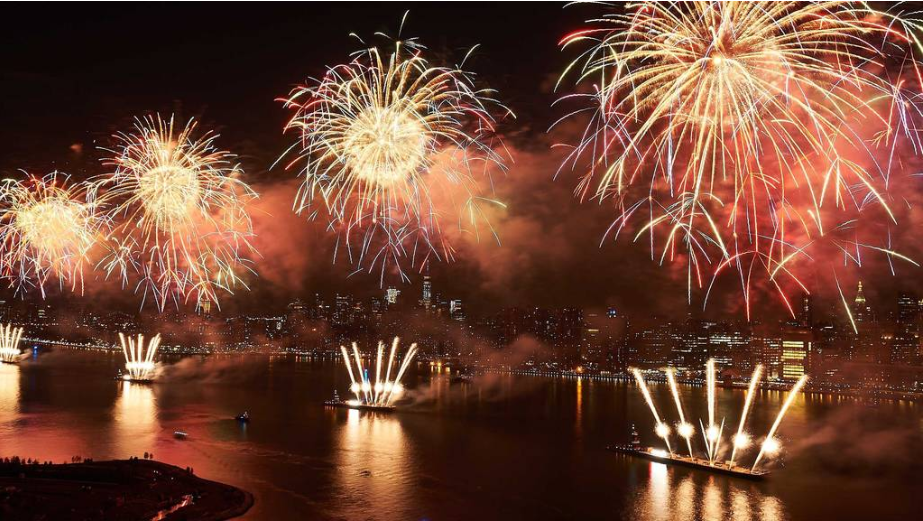 |
| Photograph: Kent Miller/Macy’s |
John Adams wrote to his wife Abigail that July 2 “will be celebrated, by succeeding Generations, as the great anniversary Festival” and that the celebration should include “Pomp and Parade…Games, Sports, Guns, Bells, Bonfires and Illuminations from one End of this Continent to the other.”
By an extraordinary coincidence, Thomas Jefferson and John Adams, the only two signatories of the Declaration of Independence later to serve as presidents of the United States, both died on the same day: July 4, 1826, which was the 50th anniversary of the Declaration. Although not a signatory of the Declaration of Independence, James Monroe, another Founding Father who was elected as president, also died on July 4, 1831, making him the third President who died on the anniversary of independence. The only U.S. president to have been born on Independence Day was Calvin Coolidge, who was born on July 4, 1872.
Fourth of July: Traditions
Independence Day is the most patriotic and enthusiastically celebrated of all America's holidays. There will be parades, barbeques, picnics and fireworks throughout the country.
Why do we have fireworks?
It’s hard to imagine Independence Day without fireworks. But how did this tradition get started?
As it turns out, setting off mini-explosions of all shapes and colors (but particularly red, white and blue) on July 4 goes back almost as far as American independence itself, History.com reported.
Fireworks have a long and colorful history, but the story of how they became ubiquitous on July 4 dates to the summer of 1776, during the first months of the Revolutionary War. On July 1, delegates of the Continental Congress were in Philadelphia, debating over whether the 13 original colonies should declare their independence from Britain’s Parliament as well as King George III himself.
That night, news arrived that British ships had sailed into New York Harbor, posing an immediate threat to the Continental troops commanded by George Washington. On July 2, delegates from 12 colonies voted in favor of independence (New York would follow suit on July 9) and the motion carried. On July 3, even as Congress revised a draft of the declaration composed by Thomas Jefferson, an excited John Adams took up his pen to write to his wife, Abigail.
“The Second Day of July 1776, will be the most memorable Epocha, in the History of America,” Adams wrote. “I am apt to believe that it will be celebrated, by succeeding Generations, as the great anniversary Festival…It ought to be solemnized with Pomp and Parade, with Shews, Games, Sports, Guns, Bells, Bonfires and Illuminations from one End of this Continent to the other from this Time forward forever more.”
Adams was off by a couple of days.
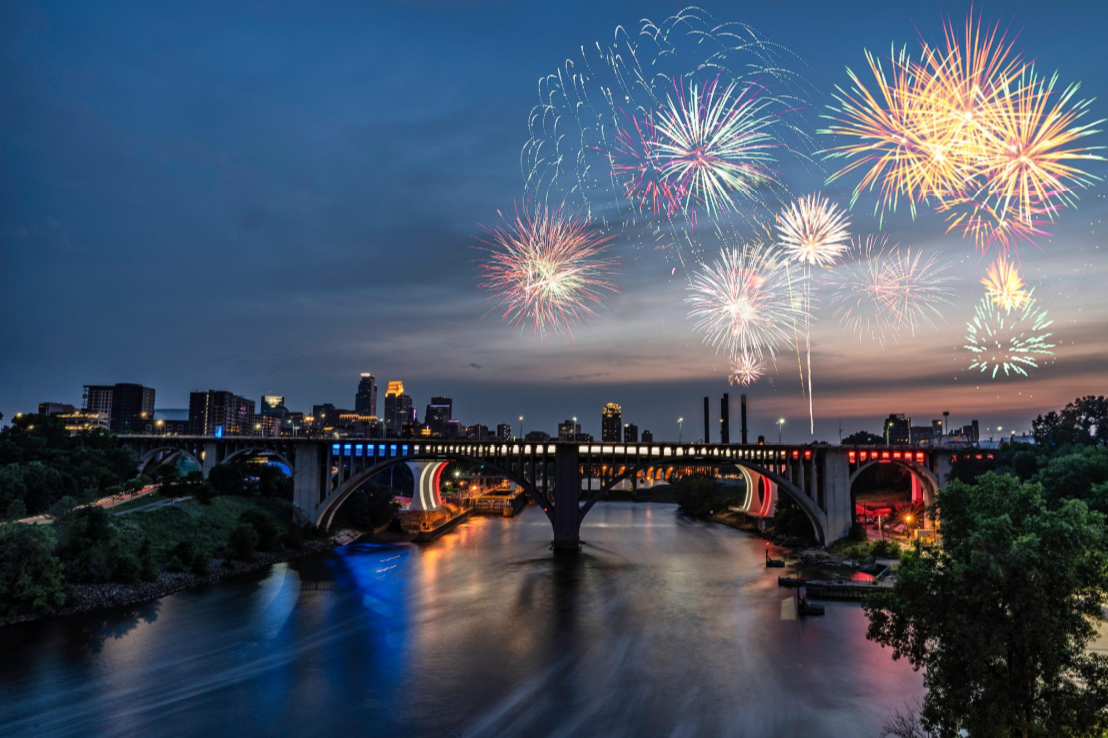 | ||
The view of downtown Minneapolis on Fourth of July| CREDIT: GETTY
|
On July 4, after making a total of 86 (mostly small) changes to Jefferson’s draft, Congress officially adopted the Declaration of Independence, though most of the delegates didn’t even sign the document until August 2. Some impromptu celebrations greeted the declaration’s first public readings on July 8, in front of local militia troops in Pennsylvania and New Jersey, but the first organized celebration of Independence Day would take place in Philadelphia on July 4, 1777.
At the first July 4 celebration in Philadelphia in 1777, Americans fired a cannon 13 times in honor of the original 13 colonies. Thirteen fireworks were also fired in the city as part of the celebrations.
Revelers in Boston set off fireworks in 1777 as well, according to Smithsonian Magazine.
Kate Haulman, an associate professor of history at American University, told USA TODAY that fireworks and other festivities fit into a tradition of public celebrations in England, citing Guy Fawkes Day, which commemorates a foiled plot to blow up the Houses of Parliament.
Haulman called early Independence Day celebrations "a continuation of earlier kinds of political culture, but made American."
And Americans have continued to celebrate with fireworks and into the 21st century, with sales of fireworks surging in 2020.
In 2021, many Americans will both celebrate July 4 and commemorate being able to gather safely after receiving COVID-19 vaccines.
The Centers for Disease Control and Prevention earlier this year released guidelines saying fully vaccinated U.S. residents can attend gatherings in homes or other indoor settings without wearing a mask or practicing social distancing.
Fourth of July 2021: Celebration
According to Britannica, during the early years of the republic, Independence Day was commemorated with parades, oratory, and toasting in ceremonies that celebrated the existence of the new nation. These rites played an equally important role in the evolving federal political system. With the rise of informal political parties, they provided venues for leaders and constituents to tie local and national contests to independence and the issues facing the national polity. By the mid-1790s the two nascent political parties held separate partisan Independence Day festivals in most larger towns. Perhaps for this reason, Independence Day became the model for a series of (often short-lived) celebrations that sometimes contained more explicit political resonance, such as George Washington’s birthday and the anniversary of Jefferson’s inauguration while he served as president (1801–09).
The bombastic torrent of words that characterized Independence Day during the 19th century made it both a serious occasion and one sometimes open to ridicule—like the increasingly popular and democratic political process itself in that period. With the growth and diversification of American society, the Fourth of July commemoration became a patriotic tradition which many groups—not just political parties—sought to claim. Abolitionists, women’s rights advocates, the temperance movement, and opponents of immigration (nativists) all seized the day and its observance, in the process often declaring that they could not celebrate with the entire community while an un-American perversion of their rights prevailed.
With the rise of leisure, the Fourth of July emerged as a major midsummer holiday. The prevalence of heavy drinking and the many injuries caused by setting off fireworks prompted reformers of the late 19th and the early 20th century to mount a Safe and Sane Fourth of July movement. During the later 20th century, although it remained a national holiday marked by parades, concerts of patriotic music, and fireworks displays, Independence Day declined in importance as a venue for politics. It remains a potent symbol of national power and of specifically American qualities—even the freedom to stay at home and barbecue.
The Fourth of July is traditionally accompanied by fireworks shows, outdoor barbecues, picnics and water sports — activities that were on hold during the pandemic. At the individual level, the nationwide Covid-19 response will also impact an occasion usually marked with picnics, family reunions, vacations, barbecues, baseball games, marches, and brass bands playing The Star-Spangled Banner.
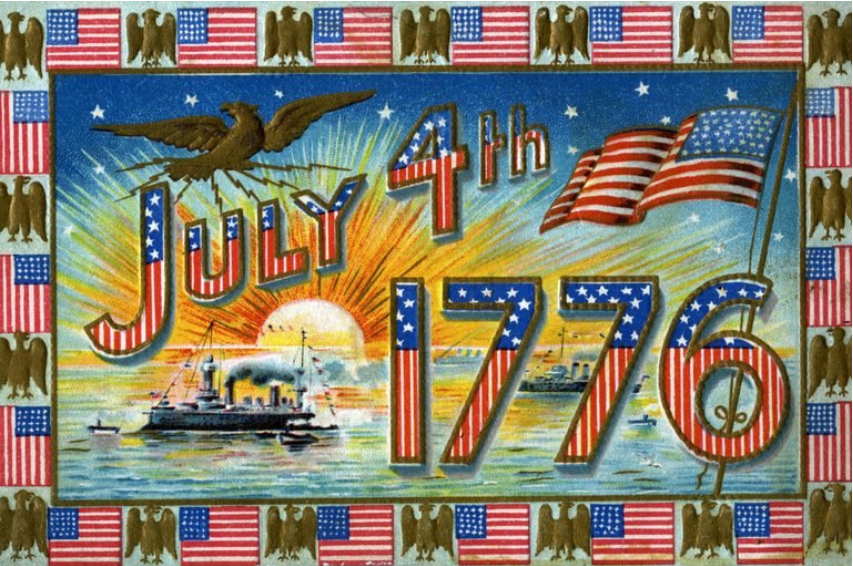 |
| Photo: Getty. |
Fourth of July: Interesting facts
The history of the 4th of July is incredibly interesting, but there are other interesting 4th of July facts every American should know. Here are six interesting ones to take note of, as reported by Reader's Digest:
-Some colonists celebrated Independence Day during the summer of 1776 by putting on mock funerals for King George III of England—symbolizing the death of the Crown’s rule on America.
-The first annual commemoration of Independence Day happened on July 4, 1777, in Philadelphia.
-John Adams, a Founding Father and the second president of the United States, strongly believed Independence Day should be celebrated on July 2nd. He even refused to attend 4th of July events because he felt so strongly about July 2nd being the correct date.
-Adams, along with Thomas Jefferson, another Founding Father, both died on July 4th, 1826. James Monroe, another U.S. president, also died on July 4th, but he passed in 1831.
-Thomas Jefferson was the first president to celebrate Independence Day at the White House in 1801. The celebration featured horse races, parades, food, and drinks—similar to the 4th of July celebrations we see today.
-Although the 4th of July was celebrated each year since 1776, it didn’t become a federal holiday until 1870. And it didn’t become a paid holiday for federal employees until 1941.
-There is a 60 percent chance that the corn on the cob eaten by an American for a Fourth of July picnic came from California, Florida, Georgia or New York.
-A note written upside down on the back of the Declaration of Independence document reads: "Original Declaration of Independence dated 4th July 1776." Who wrote the note is unknown, though it is thought to have been used as a label.
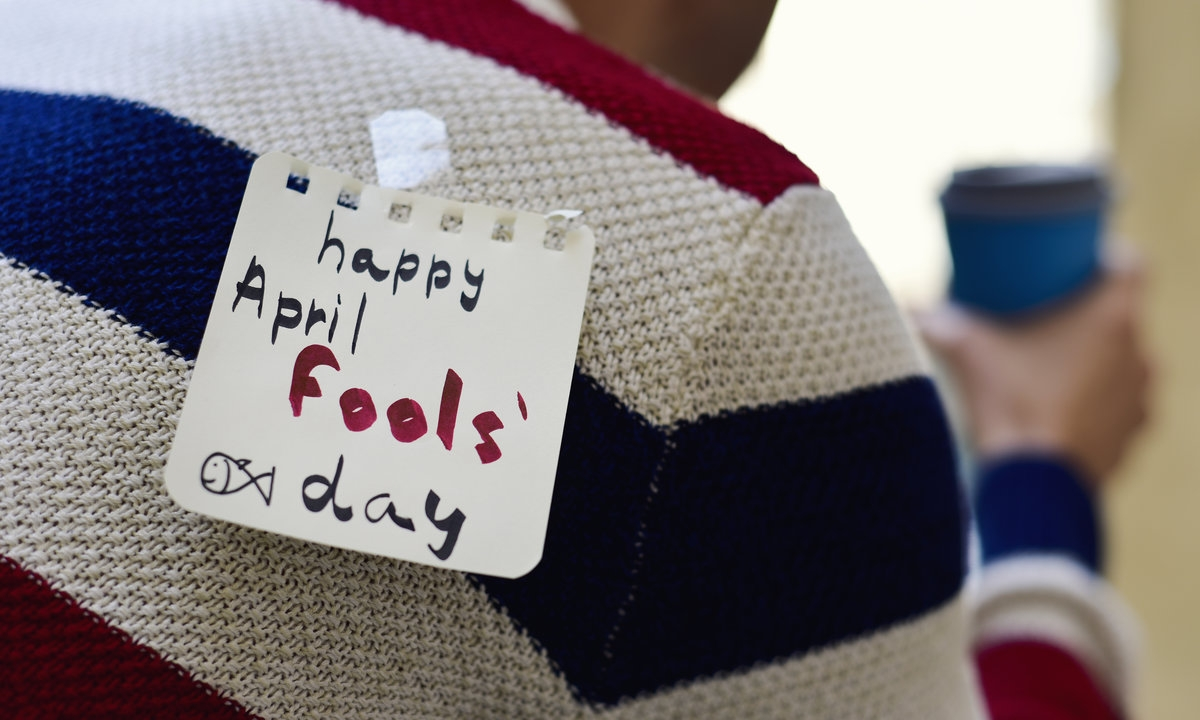 | April Fool’s Day: History, Meaning, Fun Facts and Celebration The first day of April is considered around the world as the day to play harmless pranks with friends. The operative word here is harmless, ... |
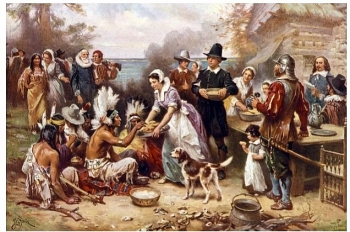 | Thanksgiving Day 2020: 5 facts you may not know about the history and some best thoughtful host gifts Thanksgiving Day is a national holiday in the United States, and Thanksgiving 2020 occurs on Thursday, November 26. Here are 5 facts that you may ... |
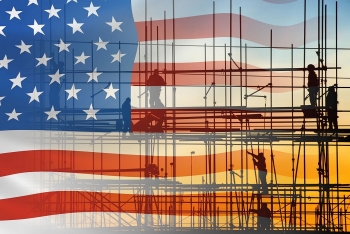 | Labour Day 2020: History, meaning, founder, celebration, facts Labor Day, which falls on the first Monday of September, is an annual national holiday in the US to pay tribute to the social and ... |
Recommended
 Handbook
Handbook
Vietnam Moves Up 8 Places In World Happiness Index
 Handbook
Handbook
Travelling Vietnam Through French Artist's Children Book
 Multimedia
Multimedia
Vietnamese Turmeric Fish among Best Asian Dishes: TasteAtlas
 Handbook
Handbook
From Lost to Found: German Tourist Thanks Vietnamese Police for Returning His Bag
 Handbook
Handbook
Prediction and Resolution for the Disasters of Humanity
 Handbook
Handbook
16 French Films To Be Shown For Free During Tet Holiday In Vietnam
 Handbook
Handbook
Unique Cultural and Religious Activities to Welcome Year of the Snake
 Handbook
Handbook



